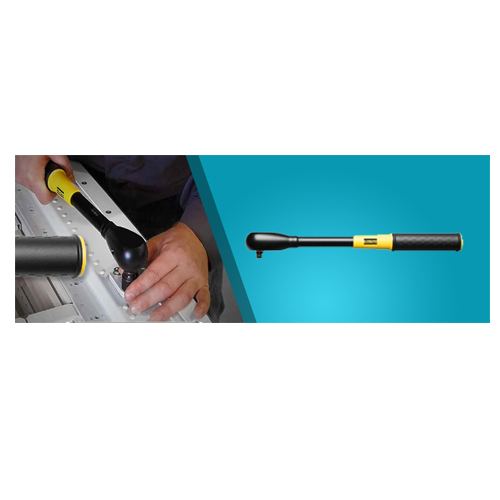Schedule a Call Back
Eight stages of the industrial development in India
 Articles
Articles- Mar 01,19

Related Stories

Indian Cabinet approves 4 new semiconductor projects worth Rs 46 bn
India clears four semiconductor plants worth Rs 46 billion in Odisha, Punjab, and Andhra Pradesh, boosting defence, automotive, and electronics sectors under ISM.
Read more
Transrail Lighting bags Rs 7 bn orders in power and infrastructure sectors
Transrail Lighting wins Rs 7.01 billion in new domestic and international orders, taking FY26 order inflow beyond Rs 23 billion across T&D, civil, and poles & lighting businesses.
Read more
FAULHABER expands into India with new sales office at Pune
With the new sales office in Pune, FAULHABER strengthens its presence in India’s high-tech market, offering local support and tailored miniature drive system solutions for key industries.
Read moreRelated Products

Robot Plus
Schunk Intec India Pvt Ltd offers a wide range of robot plus.

Pm Powder Metallurgy High Speed Steel – High Performance Taps
SS Trading offers PM power metallurgy high speed steel high performance taps - Powder metallurgy high speed steel grade is premium steel engineered for hardness, wear resistance , tool life, heat r Read more

SWR ’Slipping’ Wrenches
Reliable
Trade Links offers a wide range of SWR ’slipping’ wrenches.















